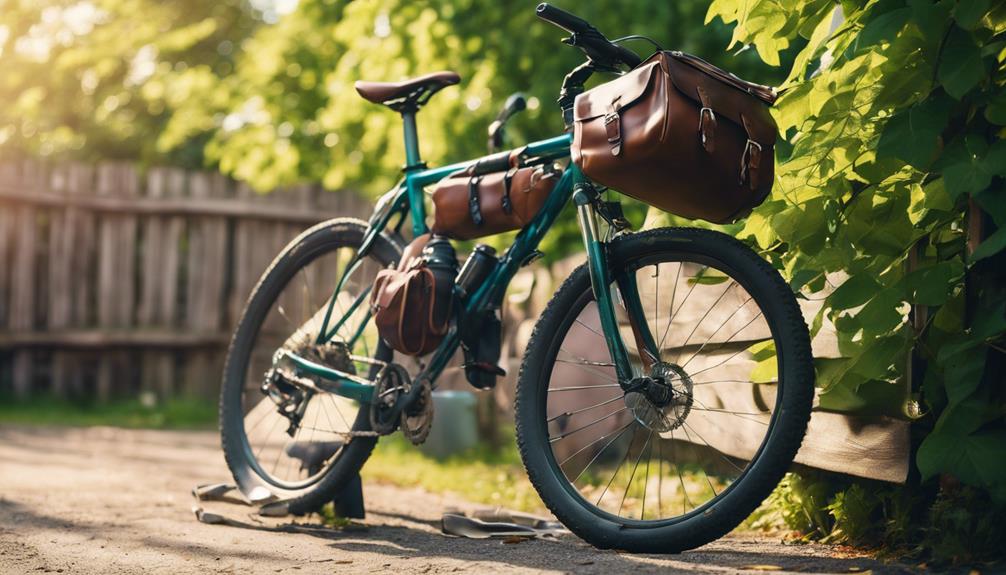Gravel biking has surged in popularity over the last decade, appealing to a diverse range of cyclists from adventure seekers to weekend warriors. This versatile cycling style combines elements of road biking and mountain biking, allowing riders to explore a variety of terrains. If you’re in the market for a gravel bike, you’re in the right place. This comprehensive guide will explore what gravel bikes are, their benefits, key features to consider, and where to find the best gravel bikes for sale.
What is a Gravel Bike?
A gravel bike is designed for riding on unpaved roads, dirt trails, and gravel paths. These bikes typically feature a geometry that provides comfort over long distances and stability on rough terrain. They are equipped with wider tires than traditional road bikes, allowing for better traction and shock absorption.
Benefits of Riding a Gravel Bike
Gravel bikes offer a multitude of benefits that make them an attractive option for cyclists:
- Versatility: Gravel bikes can handle a variety of terrains, from smooth asphalt to rugged trails, making them suitable for different riding styles.
- Comfort: With a more relaxed geometry and the ability to fit wider tires, gravel bikes provide a comfortable ride over long distances.
- Adventure Ready: These bikes often come with mounting points for racks and fenders, making them ideal for bikepacking and touring.
- Improved Handling: The design of gravel bikes allows for better handling and stability on loose surfaces compared to traditional road bikes.
Key Features to Consider When Buying a Gravel Bike
When searching for gravel bikes for sale, it’s essential to consider several key features to ensure you find the right fit for your riding style:
Frame Material
The frame material affects the bike’s weight, comfort, and durability. Common materials include:
- Aluminum: Lightweight and affordable, aluminum frames are a popular choice for entry-level bikes.
- Carbon Fiber: Known for its lightness and vibration-damping properties, carbon fiber is ideal for performance-oriented riders, albeit at a higher price point.
- Steel: Durable and capable of withstanding rough conditions, steel frames are often favored by bikepackers for their reliability.
Tire Size and Clearance
Gravel bikes typically accommodate tires ranging from 32mm to 50mm in width. Wider tires provide better traction and comfort on rough surfaces. Make sure to check the bike’s tire clearance to ensure it can accommodate the size you prefer.
Geometry
The geometry of the bike affects its handling and comfort. Gravel bikes generally have a longer wheelbase and a more relaxed head tube angle, which enhances stability. Test ride different geometries to find what feels best for you.
Brakes
Most modern gravel bikes come with disc brakes, which offer superior stopping power in various conditions. You can choose between:
- Mechanical Disc Brakes: Easier to maintain and adjust, making them suitable for casual riders.
- Hydraulic Disc Brakes: Provide better modulation and stopping power but can be more complex to maintain.
Gear Range
Gravel biking often requires a wide gear range to tackle steep climbs and fast descents. Look for bikes with a 1x (single chainring) or 2x (double chainring) drivetrain to provide the versatility you need for various terrains.
Where to Find Gravel Bikes for Sale
Finding the perfect gravel bike involves exploring various avenues:
Local Bike Shops
Your local bike shop is an excellent place to start. They often carry a selection of gravel bikes, and staff can provide expert advice, fitting services, and test rides.
Online Retailers
Shopping online offers a broader selection and often better prices. Popular online retailers include:
- Jenson USA
- Competitive Cyclist
- Chain Reaction Cycles
Make sure to check return policies and warranty options when buying online.
Second-Hand Market
If you’re on a budget, consider purchasing a used gravel bike. Websites like:
- Pinkbike
- Craigslist
- Facebook Marketplace
offer listings for used bikes. Always inspect the bike thoroughly and, if possible, take it for a test ride before purchasing.
Case Study: The Rise of Gravel Cycling
The gravel cycling boom can be attributed to several factors, including the increasing desire for adventure and exploration. For instance, the Dirty Kanza, one of the most prestigious gravel races in the United States, saw participation grow from 150 riders in its first year to over 2,500 in 2019. This surge illustrates the growing community and interest in gravel biking.
Another noteworthy trend is the rise of bikepacking—a combination of biking and camping—where riders explore remote locations carrying their gear on their bikes. This lifestyle has been embraced by many gravel cyclists, further driving the demand for gravel bikes.
Statistics and Trends in Gravel Biking
Recent studies have highlighted the growth of gravel biking:
- According to the Outdoor Industry Association, gravel biking has increased in popularity by over 50% in the last five years.
- Data from the National Bicycle Dealers Association shows that gravel bike sales accounted for nearly 30% of all bike sales in the U.S. in 2022.
- Gravel events and races have increased by 25% year-over-year, indicating a robust community and market for gravel cycling.
Conclusion
In summary, gravel bikes are an excellent investment for cyclists looking to explore diverse terrains while enjoying comfort and versatility. When searching for gravel bikes for sale, consider factors such as frame material, tire size, geometry, brakes, and gear range to ensure you make an informed decision. With the growth of gravel biking, there are endless opportunities to join a vibrant community of adventure seekers. Whether you’re a seasoned rider or a beginner, the right gravel bike can open up a world of exploration and excitement.
